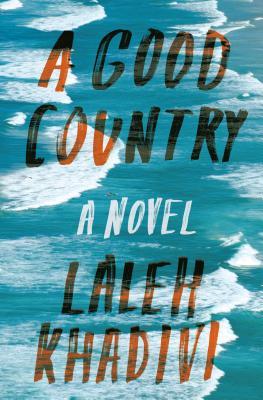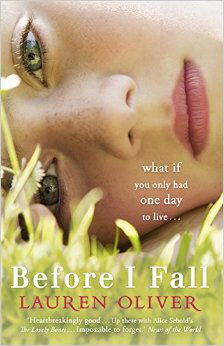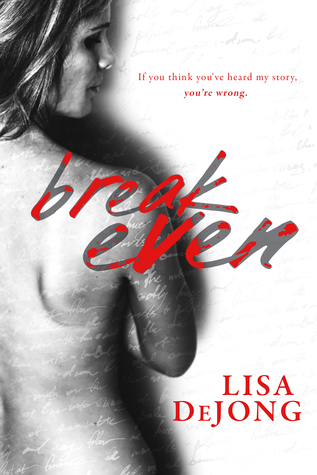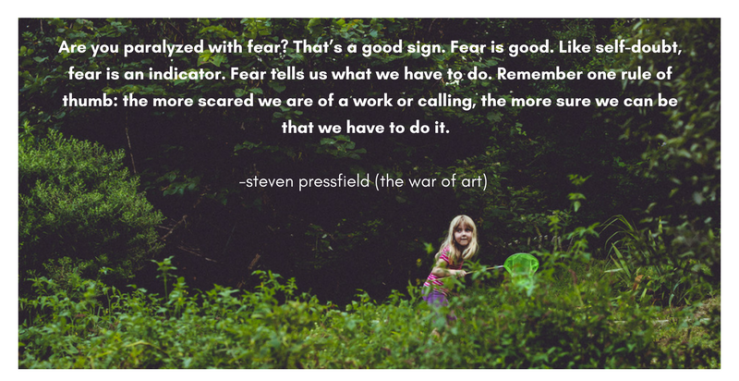
I hadn’t been scared in awhile.
This was a problem.
Let me re-phrase. I HAVE been scared; but not scared creatively… really, just scared of life. A wave of unexpected depression hit me this past season after the death of my grandmother and a time of ambiguity in my career, leaving me seemingly with only enough energy to create the things I have to in order to survive.
I’ve been drained, and the pay-the-bills photography projects coming my way have boosted my creativity enough to keep it from dying, but they weren’t enough to make it thrive.
So let me be honest and say, this time around, I didn’t pull myself up by my own bootstraps… no, someone else got me rolling. Not knowing of my creative slump, my buddy Jeremy Haun (a comic book artist whose work continually blows my socks off) asked if I did video.
I don’t.
Truth is, video terrifies me, chiefly because I don’t know what I’m doing. in photography, I can command the scene with confidence; I know what light goes where, I know the technical and artistic limitations and possibilities… I know what I’m doing.
Video? Oh I WANT to know how to do it. In fact, I’ve spent the last year watching tutorials, taking lessons from some talented videographer friends, and listening to directors’ podcasts and commentaries incessantly. But actually making a damn video still scared the crap out of me.
Maybe if I watch one more tutorial first…
NO, I said. I don’t do video. But Jeremy has a way of talking you into things…
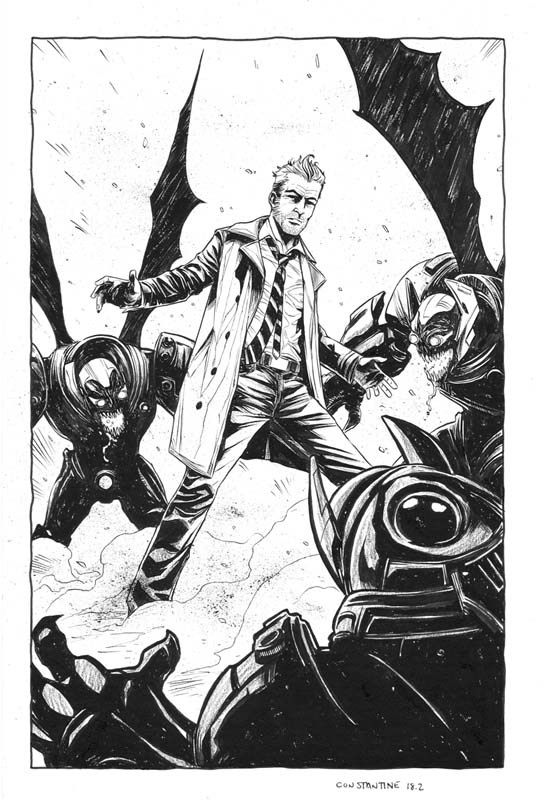
a sample of Jeremy’s work, from the “Constantine” comic.
The project was a low budget music video for indie-pop band Me Like Bees, serving as a collaboration between Jeremy’s work and the Bees’. These guys- both Jeremy and the band members- are my neighbors and friends, and as tired as I still was, the thought of working with them all at once was too hard to turn down.

The clincher was knowing that Jeremy- a king of his craft- created the idea and took on the role as director for the project not having any more experience than I do. And like me, he was incredibly nervous. As he put it, “I think what we need for this project is in our wheelhouse” … and it was… but it didn’t make it less intimidating.
That’s ok. It’s so much better in a way walking into something where the other person is both as scared and excited as you are. My friend Lance & I know that process well… the one in which you’re perpetually talking each other out of panic attacks, then returning to the escalating excitement of how cool this thing could be once you undertake it.
NOW… let’s delve into the more practical side of all this.
LESSON 1: FOR TAKING ON PROJECTS OUTSIDE OF YOUR COMFORT ZONE:
-You do not have to be confident.
-You DO have to be prepared.
For those who have ideas but haven’t progressed past “you know what would be cool?”, you cannot move forward if you do not take steps to prepare. It doesn’t matter that you don’t know what you’re doing; beginning to plan those steps as if you plan to actually carry them out will show you what you need to know.
You do have to be careful here, because it’s easy to go into preparation mode and never come out of it to actually start making stuff. For some projects (filmmaking being a great example), preparation is a very long process. For other things, preparation might just mean that you write down that you plan to begin. But for most things, there’s a bit of a system that helps.
HERE’S A LIST OF THINGS THAT HELP MAKE CREATIVE IDEAS HAPPEN.
1. write it down.
Ideas will never progress past ideas if they stay in your head. it can be a scrawl on a napkin, but it needs to be in words.
2. Make a list of steps.
Those steps will morph, the order of them will change, additional to-do items will be added… but having a “what’s next” list for when you freeze up is pivotal. Sound intimidating? Fine. Make a list of tiny, tiny steps. It can be so tiny it looks downright stupid… doesn’t matter. One baby step is better than nothing, and nothing is what happens when you have no plan for progress. All the time, I write down things like, research for 15 minutes, make one phone call, or watch 1 YouTube tutorial.
A lot of FEAR comes from the ambiguity of not knowing what to expect. So when you make those steps, make them concrete and predictable in your mind by attaching time limits to them. It sounds silly, but I promise you, it helps. Rather than the using vague terminology like “work on this.” It’s amazing how much more achievable it is if it subtly changes to “work on this for 20 minutes.” True, you don’t know what you’ll accomplish in 20 minutes… but you know you can sit down and focus on that learning or planning for that amount of time.
The steps themselves are not the point; PROGRESS is the point.
3. talk it out.
Once you’ve written it down, someone else needs to hear about it. I had a friend tell me about a long gestating idea over a campfire this past weekend. I guarantee you he is now twice as likely to carry it out simply because he said it out loud.
4. Collaborate
Adding on to the last thought, creativity may start in your head but eventually dies when left in isolation. There are few things that serve as a greater kick in the pants than collaboration. Working with someone else means that they are depending on you- yes, that’s even scarier, but it means you’re much more likely to continue on with the steps you’ve put down, and it also gives that inspiration a chance to grow into something much bigger and better than just you. Find someone you admire and trust and set up a brainstorming session.
Even if collaboration simply means asking someone to help you with the less artistic aspects of the project (“hey will you proofread this”, or “I need help moving some furniture to create a setting for a photograph”), inviting others into your work can make it so much richer.
5. Set deadlines
*universal groan*
Sometimes artists think deadlines are the bane of their existence. They’re really not. ( you can read more about the value of creative constraints in an earlier post ) Without a deadline, the project will slowly fade into oblivion, every time. Don’t let that happen. Set a due date or even just a series of low-pressure deadlines for the smaller steps, and then ask someone to help hold you accountable to them.
————-
That’s all I’ve got for now. If you enjoyed this post and could use more thoughts in this line to get you creating in a healthier and more consistent way, get off this blog and go order two books that explain that process far better than I ever will:
–The war of Art by Steven Pressfield
-Making Ideas Happen by Scott Belsky
If you need to get your own ideas out or want to talk about inspiration, depression, or collaboration… drop me a line, I’m always up for a chat with other creatives: hi [at] marknphoto.com.
-Mark N
Advertisements Share this:
